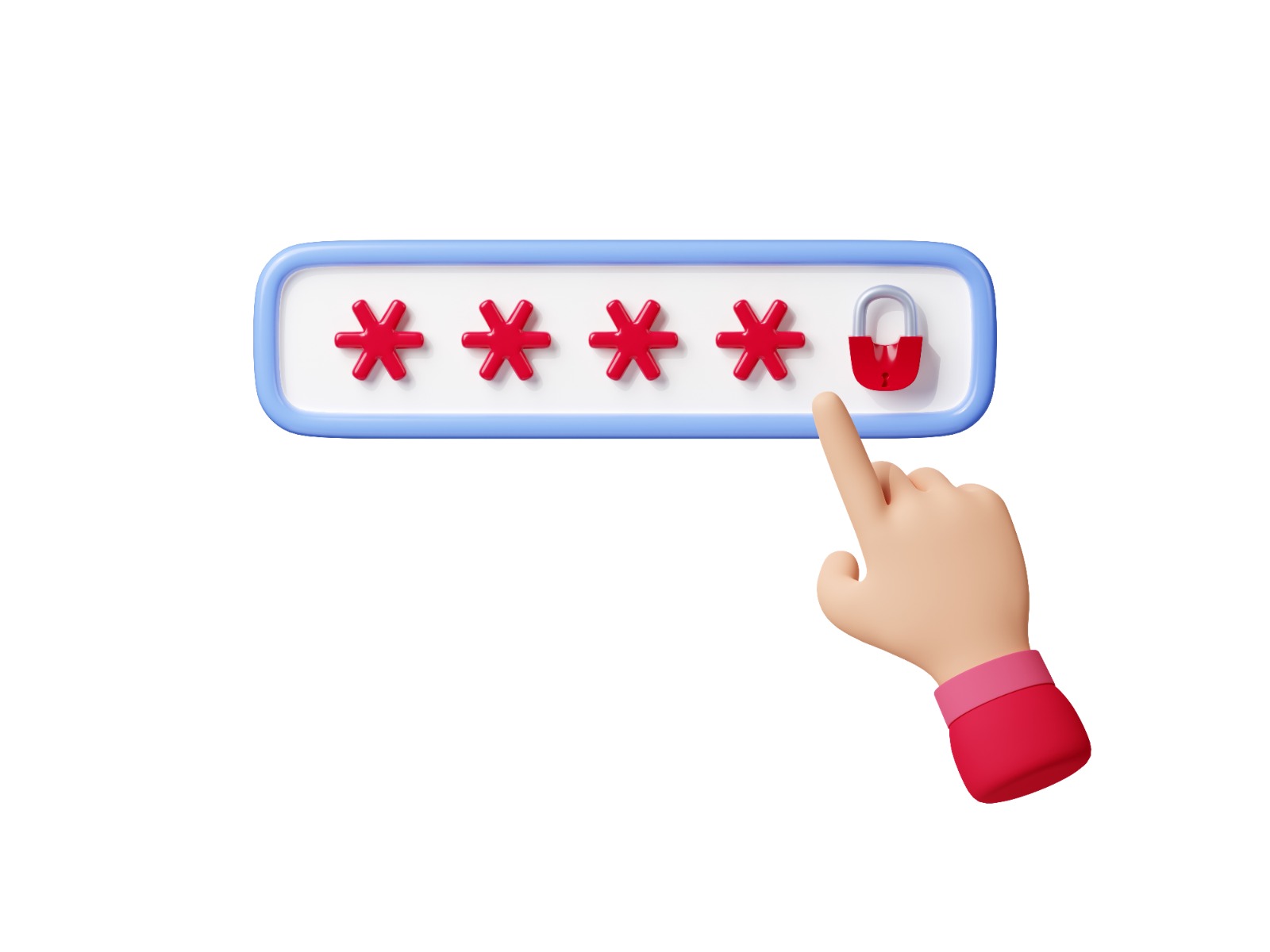How User Behaviour Shapes the Landscape of Multi-Factor Security
Date Created: 02 Feb 2024Share:
In today`s digital age, where personal information is the new currency, securing our online presence is paramount. Multi-factor authentication (MFA) has emerged as a robust defense against unauthorized access. However, the effectiveness of MFA isn`t solely determined by the technology; it`s deeply intertwined with human behaviour, habits, and decision-making. In this exploration, we will delve into the fascinating intersection of psychology and MFA, shedding light on how our actions and choices influence the security of our digital lives.

In today`s digital age, where personal information is the new currency, securing our online presence is paramount. Multi-factor authentication (MFA) has emerged as a robust defense against unauthorized access. However, the effectiveness of MFA isn`t solely determined by the technology; it`s deeply intertwined with human behaviour, habits, and decision-making. In this exploration, we will delve into the fascinating intersection of psychology and MFA, shedding light on how our actions and choices influence the security of our digital lives.
The Human Element in Cybersecurity
At its core, cybersecurity is a battle between human ingenuity and human vulnerability. Hackers are well aware of the psychological factors that can be exploited to compromise security. To understand MFA`s effectiveness, we must first appreciate the human element.
Habitual Behaviour and MFA
The Password Predicament: For decades, we`ve been conditioned to rely on passwords as the primary means of authentication. This ingrained habit often leads to weaker security, as many individuals opt for easily guessable or reused passwords.
Resistance to Change: Introducing MFA disrupts established habits. Users may resist this change, preferring the familiarity of single-factor authentication, which poses security risks.
The Cognitive Load of MFA
Memory Challenges: MFA often requires users to remember multiple pieces of information, such as passwords, PINs, or security questions. This cognitive load can lead to errors and reduced security if not managed effectively.
Decision Fatigue: Users may become overwhelmed when faced with frequent authentication requests, leading to poor decisions, like opting for the "Remember Me" option or using predictable MFA methods.
The Importance of User Experience
When it comes to Multi-Factor Authentication (MFA), how users feel about it and how they use it matters a lot. User experience (UX) is a big part of this. It`s about how MFA is presented and how people experience it.
The Convenience Challenge
Imagine you have a choice between something that`s super secure but a bit of a hassle and something that`s easier but less secure. Most people tend to go for the easier option. MFA has to find a way to be secure without making things too inconvenient for users.
User-Friendly Design
MFA can be more successful if it`s user-friendly. This means making it as easy as possible for people to use. If the MFA process is simple and makes sense, people are more likely to use it, and that`s a win for security.
Social Proof and Peer Pressure
The Power of Social Norms: People often conform to what they perceive as the norm. The adoption of MFA can be influenced by whether it is seen as a common practice among peers and colleagues.
Security Shaming: Public awareness campaigns and education can shape user behaviour. Highlighting the risks of poor security practices can motivate individuals to adopt MFA.
Overconfidence Bias
False Sense of Security: Users may overestimate their ability to detect phishing attempts or other security threats, leading them to neglect MFA.
Complacency: Overconfidence can lead to complacency, with users assuming they are immune to cyber threats, making them more susceptible to attacks.
Confirmation Bias
Ignoring Warning Signs: Users often seek information that confirms their preexisting beliefs. When users are hesitant about MFA, they may dismiss information about its benefits, jeopardizing their security.
Optimism Bias
"It Won`t Happen to Me": Many individuals believe they are less likely to experience a security breach. This optimism bias can lead to neglecting MFA, assuming they are not a target.
Designing MFA for Human Behaviour
To harness the power of MFA effectively, it`s essential to design systems that align with natural human behaviour and tendencies.
Behavioural Biometrics
Keystroke Dynamics: Analyzing a user`s typing patterns can provide a seamless, passive MFA layer that doesn`t rely on conscious user actions.
Mouse Movements: The unique way individuals move their cursors can be used to establish their identity without adding cognitive load.
Gamification of Security
Turning Security into a Game: Gamifying MFA can incentivize users to participate actively in their own security. Challenges, rewards, and achievements can make security measures more engaging.
Behavioural Prompts: Instead of interruptive authentication requests, MFA could be triggered by user behaviour, such as unusual login times or locations.
To Conclude
Multi-factor authentication (MFA) stands as a potent defense against cyber threats, yet its efficacy is profoundly intertwined with the psychology of users. To design MFA systems that bolster security without compromising usability, comprehending human behaviour, routines, and cognitive biases is paramount.
Amidst the dynamic landscape of digital security, it`s vital to grasp that MFA transcends technology; it`s inherently human. By delving into the psychology of MFA, we can forge authentication methods that not only enhance security but also empower individuals to safeguard their digital identities effectively. Embracing MFA entails more than the adoption of a novel technology; it necessitates a shift in our perception of security and how we integrate it into our daily lives.

